It’s true: content marketing is one of the best ways to bring in new leads.
In fact, I’d say it’s one of the most effective marketing strategies available to us today.
So all you really need to do is write a few 2,000-word blog posts a couple of times a month to become an industry expert, right?
Wrong. If only content marketing was that easy.
The latest and greatest case studies will tout facts and figures that make it seem like anyone can succeed in content marketing.
But content marketing is a crowded, crowded market.
The day isn’t even over yet, and nearly four million blog posts have already been written.
Just do a basic Google search for your blog topic idea, and you’ll probably get millions of results in return.
Meaning that it’s getting tougher and tougher to rank for your target keywords or reach your target audience.
When so many people are blogging about the same topic, the odds of generating leads are slim.
And to top it all off, there are tons of critical mistakes that I see with content marketing every day.
In fact, I used to make some of these mistakes myself.
And until I fixed them, I drove low-traffic numbers and less-quality leads.
But thankfully, I’ve kept track of these mistakes to make sure I don’t make them again in the future.
And now I know exactly what to do instead.
So I’m here to share my hard-learned lessons in the form of four content marketing mistakes to avoid (and what to do instead).
1. Not researching what content your audience wants
This is one of the biggest mistakes I see in content marketing today.
And it’s also the biggest mistake I made when I started my content-marketing journey.
I used to simply read blogs like HubSpot, Adweek, and Entrepreneur to get ideas for my own content.
But what I didn’t realize was most of those topics that gave me ideas weren’t relating to my audience!
My website focuses heavily on growing your business and getting traffic:
It’s all about helping people transform their small businesses into revenue giants.
So writing blog posts that focused on TV advertisements and their success for big brands made no sense.
Sure, it was a cool topic, and it was awesome to learn about their strategy, but it wasn’t relatable.
Small businesses in the B2B sector aren’t paying for million-dollar commercial spots.
So I was missing the mark constantly.
And take a look at this data:
55% of people who get content from brands say that it’s not interesting or relevant to them!
So how do we fix this mistake? How do we deliver better content to the right person at the right time?
Instead of posting content and expecting it to take traction, do this instead.
Research customer interests
You can’t afford not to research what is of interest to your customers.
Posting content that you think is interesting won’t necessarily draw the same appeal to your customer or visitor base.
If you’re an SEO company, posting about PPC likely won’t draw the right kind of traffic.
Most marketers think that any content will drive traffic.
While it might bring some people through the door, it won’t drive the right kind of traffic.
To start understanding your customer’s interests, I recommend heading to the Facebook Ads Manager.
Navigate to your “Audience Insights” tab:
This will give you some crucial data on your audience and the content that appeals to them.
Next, you can select from any of the following audience types:
If you have a big custom audience from remarketing, you can select that.
If you have a large page following, you can select that, too.
Or, simply select “Everyone on Facebook” to browse data on anyone who has interacted with your page.
The next step here is key. Make sure to use the “Interests” section on the left-hand side:
You can use this to type in competitors or industry blogs that relate to your content:
Next, open up the “Page Likes” tab to see what people are engaging with on Facebook:
You should start to see tons of valuable data from the pages that people like who are also interested in the selected interest you chose:
The goal here is to start identifying trends. What common categories are there? What pages are showing up and what do they focus on?
Scroll down, and you can also get a full list of every page:
Instead of posting content and expecting it to gain traction with your audience, you need to start by analyzing your audience.
See what content they actively engage with. See what pages they like and follow.
Then, check out their content and use that information to inform your next piece.
If you don’t like using Facebook, you can also examine similar websites using tools like EpicBeat.
Search for your own website or a closely-related competitor to see what content is most popular on a given URL.
You have tons of options to filter content with this tool. Try filtering by date to see popular content from the past few days or even years:
You can also see what type of engagement the top posts get, and the word counts, too.
Now, just make a list on a spreadsheet of the topics that resonated most and start to write more content surrounding them!
2. Not using multiple forms of content
We’ve all read one. The blog post that has zero images and looks like a page from a history book.
So many big blocks of text and nothing to break it up.
So we add an image, and we think everything is good.
That seems to be the best practice, too:
The majority of top-ranking content-marketing pieces contain at least one image.
But we shouldn’t stop there. That’s not enough.
Just adding an image or two to your content is a mistake.
Why? Because text and images alone aren’t engaging enough.
People love videos.
Every week, people view more than 100 million hours of video on Facebook.
And they love infographics.
In fact, 41.5% of marketers say that their infographics, when compared to other forms of content, saw the most engagement.
Why? They are much easier to digest than reading a block of text.
In fact, we process images 60,000 times faster than plain text. And 90% of information transmitted to the brain is visual:
And that’s why infographics have such a powerful impact on users.
So instead of sticking to the plain text blog posts with a few images, try switching up your content delivery method.
Here’s what to do instead.
Repurpose your content into infographics
Here’s an example of one of my favorite infographics of all time:
And do you know how it started? As a content-marketing piece!
Before the infographic ever existed, these 12 steps were already written out for people to follow.
But instead of just leaving it there, they turned it into a viral piece of content that would get even more shares on top of their original post.
It’s a simple, easy way to get more leverage and traction from your existing content.
And the good news? You’ve already done the research.
It’s as easy as breaking it down into a more digestible outline to turn it into a visual piece!
Now you just need to repurpose it into an infographic!
And you can easily build out infographics for free with tools like Canva, Piktochart, and Venngage.
On Canva, create a free account and choose the Infographic template from the “Blogging & eBooks” section:
You can choose from dozens of free templates and customize them easily to your liking:
Simply customize the colors and branding to match your company.
Take your content and reformat it to be more actionable and less wordy (that’s the point here, after all!). Be sure to include great images and graphics, too!
Another great tool that I like to use is Venngage. It has extremely diverse, free options.
To create an account, hit “Sign Up For Free” from the homepage:
You can choose between tons of different templates that are all unique and fully-customizable:
On top of just infographics, Venngage is a great tool for any type of content marketing.
You can repurpose general blog text into almost anything:
And there are templates for each category of graphic that you would want to create:
Just select one of the templates to get started.
Start by adding any icons, charts, maps, or graphs:
Once you’re ready, just download your completed infographic and share it on your blog.
3. Your content isn’t evergreen
One of the biggest mistakes I made on my blog and with content marketing was lacking evergreen content.
So, what’s evergreen content?
Let’s ask Google:
That’s one of the best descriptions of evergreen content that I’ve ever seen, actually.
The goal with evergreen content is to create something that will still be relevant and still drive traffic in five years.
Meaning that tapping into viral topics or the daily news cycle shouldn’t be your main focus.
They’ll only drive traffic for a few days, and then you’re back to the cycle of trying to find more viral topics.
Instead, evergreen content is the way to go. In fact, it has driven the majority of my traffic.
For example, topics like my SEO guide that show up on the first page of Google still:
Here’s a perfect example of what evergreen traffic looks like in comparison to buzz topics:
Evergreen content can drive traffic for multiple years, whereas time-sensitive topics will only give you a short boost in traffic and then ultimately die off.
So, are you ready to stop writing about news-style trends and start creating evergreen content?
Here’s what to do instead:
Research consistent trending topics
To research evergreen topics, I like to use Google Trends.
The main trap that people fall into when using Google Trends is simply capitalizing on the current viral topics that they show:
And what’s trendy today, won’t be trendy tomorrow.
The real key to developing evergreen content is exploring a specific keyword to see its trend.
For example, look at the trend when I search for “content marketing:”
Notice that huge trend? It’s seen a pretty positive climb for multiple years.
That means that this is a perfect topic for you to use to craft evergreen content.
But we’re not done yet. Once you’ve got a topic down, you have to put in some work.
My evergreen guides on QuickSprout are around 30,000 words a piece.
Why? Because I want my evergreen guides to last for the next ten years!
I want them to be as actionable and all-encompassing as possible. I don’t want a user to have to go anywhere else to get more tips.
Need to know basically anything on SEO? This guide is pretty much a one-stop shop.
4. Not having any (or enough) CTAs
Embarrassingly enough, this is one of the first mistakes that I made when I got into content marketing.
I would write a great 2,500-word blog post, put it on my site and be done with it.
But soon I started to realize:
Where is this traffic going? I am getting traffic, but what are they doing? Why am I not getting more leads?
It turned out to be a pretty simple answer: because I had no CTA.
And what’s the point of driving inbound traffic without a CTA or pushing them to convert?
For example, take a look at how HubSpot captures leads with every blog post they publish:
And I started to implement those tactics too.
Now I use CTAs all over my site. From the entrance to each blog post:
It helps me collect tons of leads with my content-marketing pieces.
If you’re ready or looking to set up some CTAs, follow these steps:
See that bar at the top of my page? That’s Hello Bar.
I use it to drive lots of leads on every single blog post.
To get started, head to HelloBar.com and create a free account:
Next, select “Grow Your Mailing List” from the options:
This will allow you to collect emails and leads on your blog posts.
You can customize everything about the CTA, including color and copy:
You can edit everything from goals, style, and content to match your brand.
There are also detailed targeting options which allow you to change your offer based on each blog post or based on different types of traffic.
For example, if someone has already clicked “No,” they won’t see the CTA again, or you can send them a different call to action.
The targeting will help you land more leads and annoy fewer visitors.
On top of that, it’s also mobile-optimized. So it will convert perfectly on mobile traffic, too.
And one of my favorite features is being able to choose how and when your CTA is displayed:
For example, let’s say you want really-interested visitors to convert on a specific offer. You can set it to “after scrolling to middle” to capture actively-engaged visitors.
The customization options are extremely diverse.
Always use a CTA on every content marketing piece if you want to drive more leads.
Conclusion
To drive inbound traffic and leads, content marketing is the way to go.
And companies are using blogging and content to their advantage. In fact, 53% of marketers cite blog creation as their biggest inbound marketing focus.
Why? It’s one of the most effective marketing strategies out there.
And all we need to do is slap together a few pieces of content to drive leads and become thought leaders, right?
Unfortunately, it’s not that easy.
Because everyone is posting new blog posts all the time. And we know that more blog posts mean more content and tougher competition.
All you need to do is Google search for your keyword, and you’ll see millions of results.
And you can’t afford to make any mistakes that will jeopardize your chances of ranking for those target keywords.
We don’t have the time to spend hours on content-marketing posts to watch them go unnoticed.
But unfortunately, I see it all too often. There are too many common mistakes that marketers are making.
The most common ones I see are a lack of research into your audience, not using multiple forms of content distribution, a lack of evergreen topics and not having enough CTAs.
Instead, you should focus on trying to understand what content your customer wants.
Then, turn your current content into multiple formats to appeal to a wider audience.
Try researching evergreen topics rather than aiming for only viral pieces.
Lastly, always remember to use a CTA. And I say the more (strategically placed), the better.
Implement some of these content-marketing tactics to save your strategy and drive more leads.
What common content-marketing mistakes have you made?

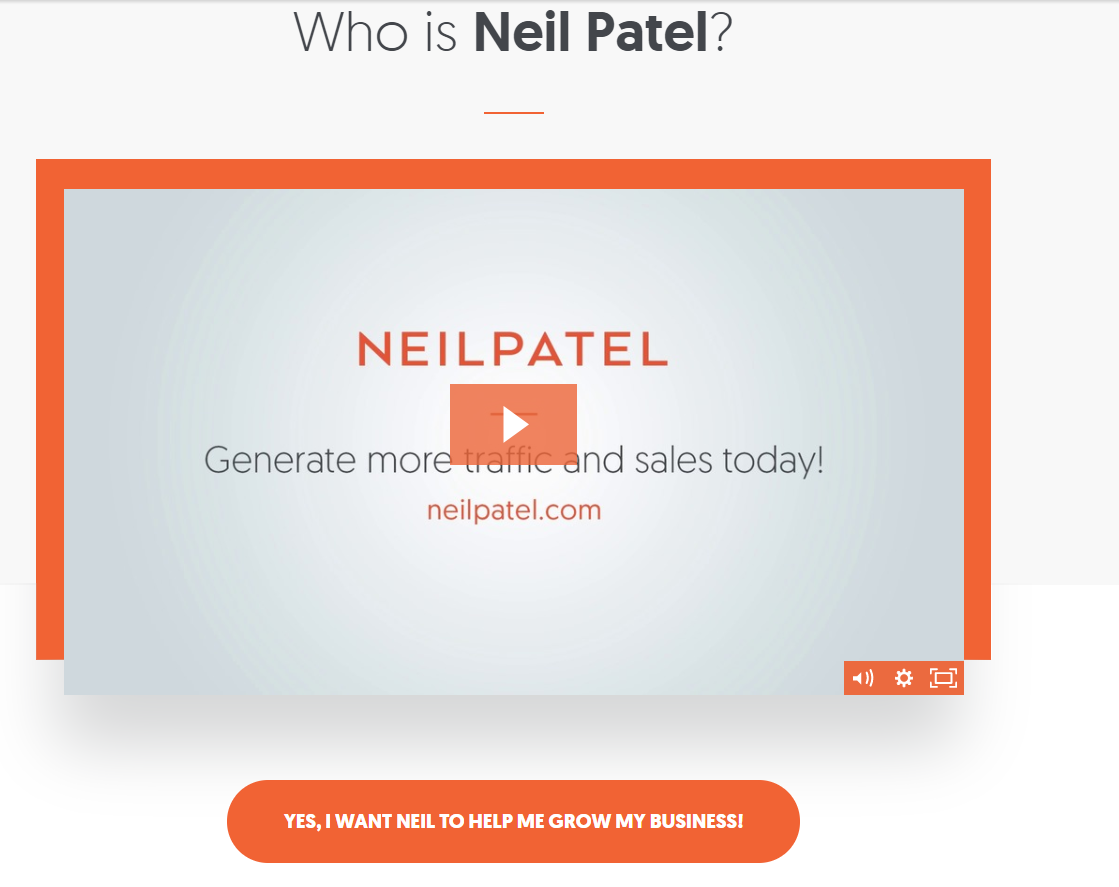
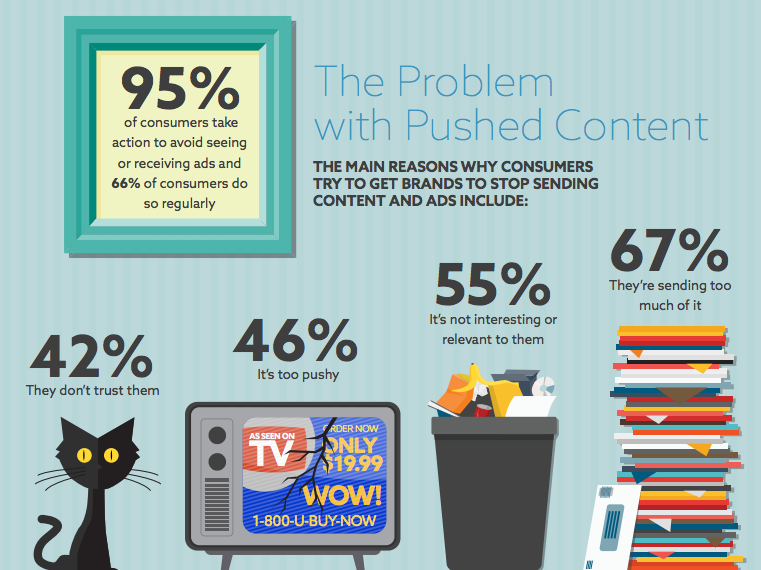
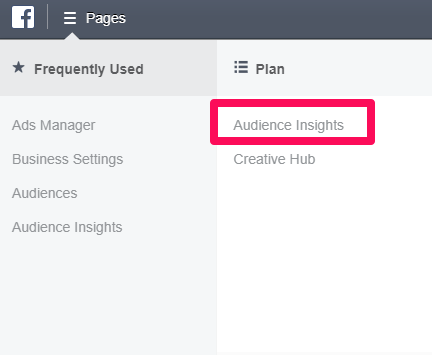
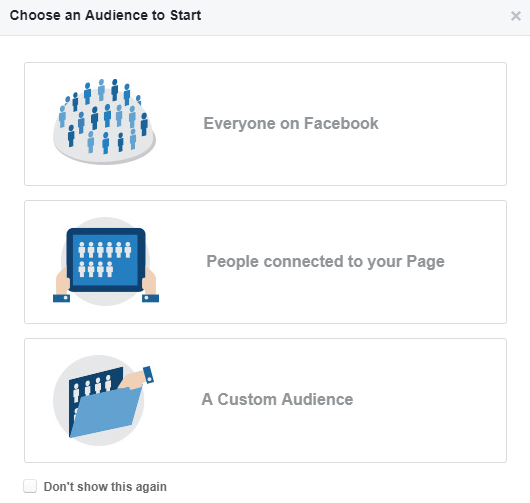
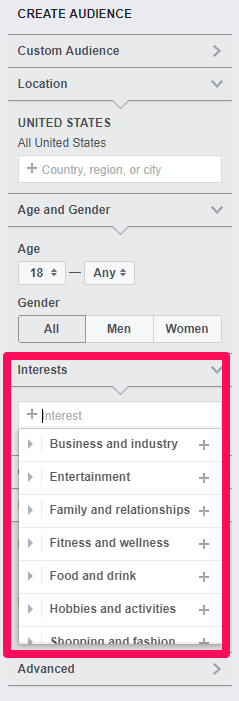


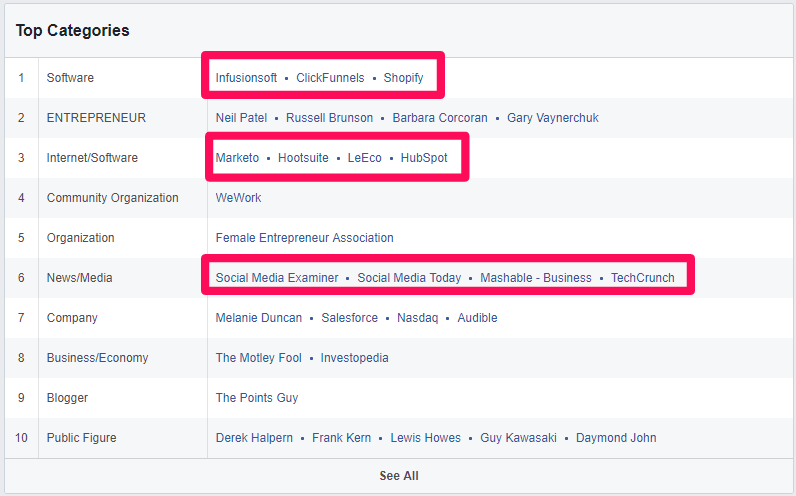
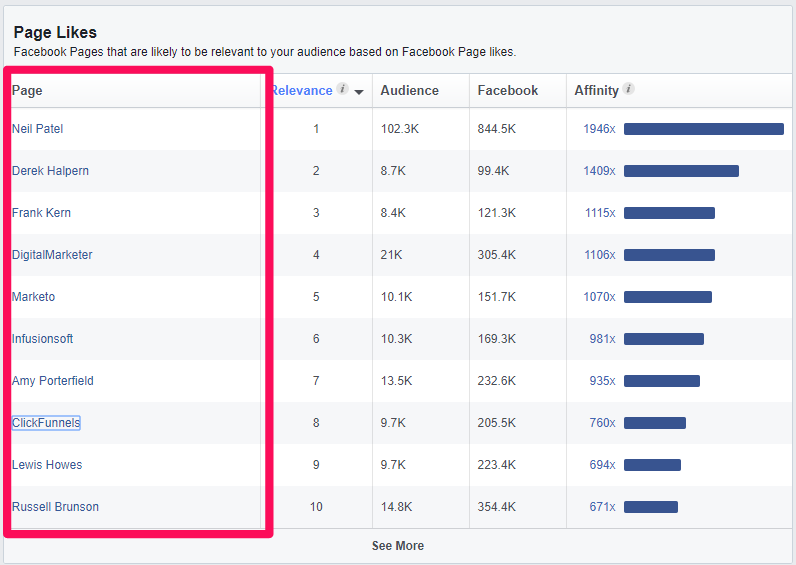

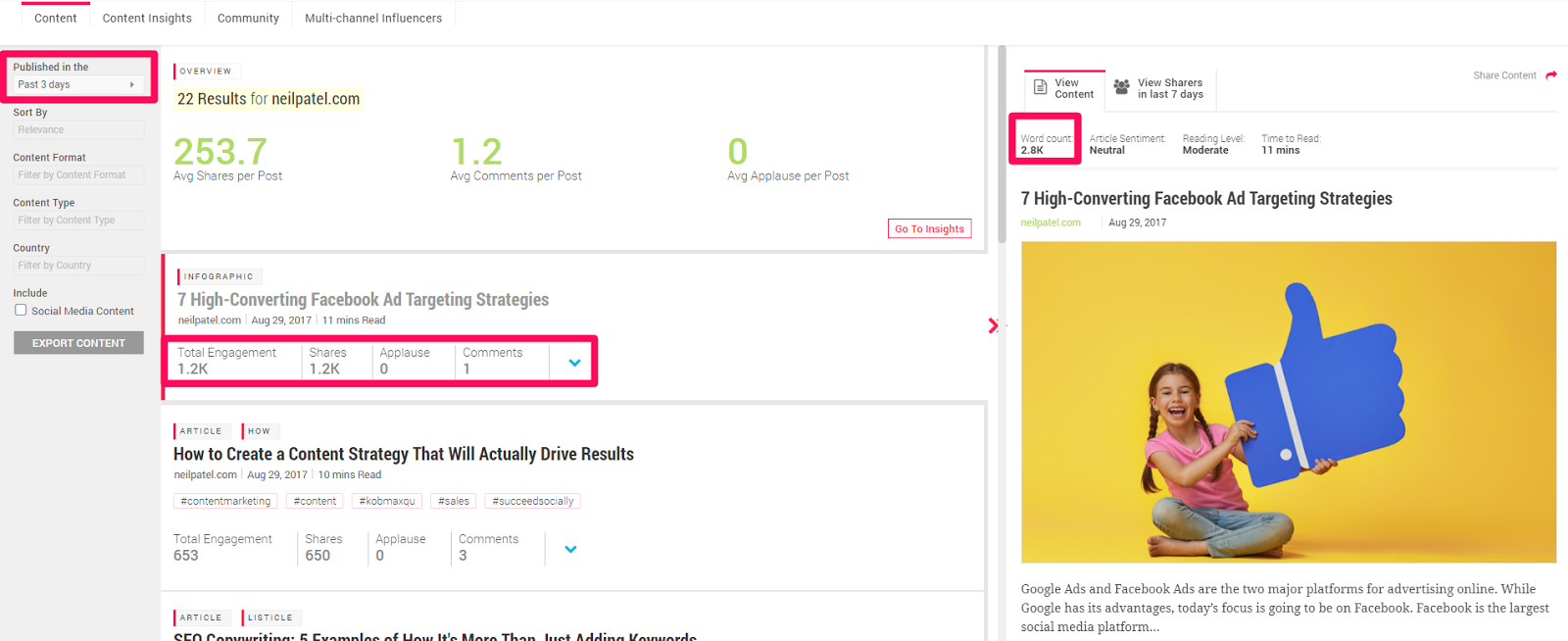
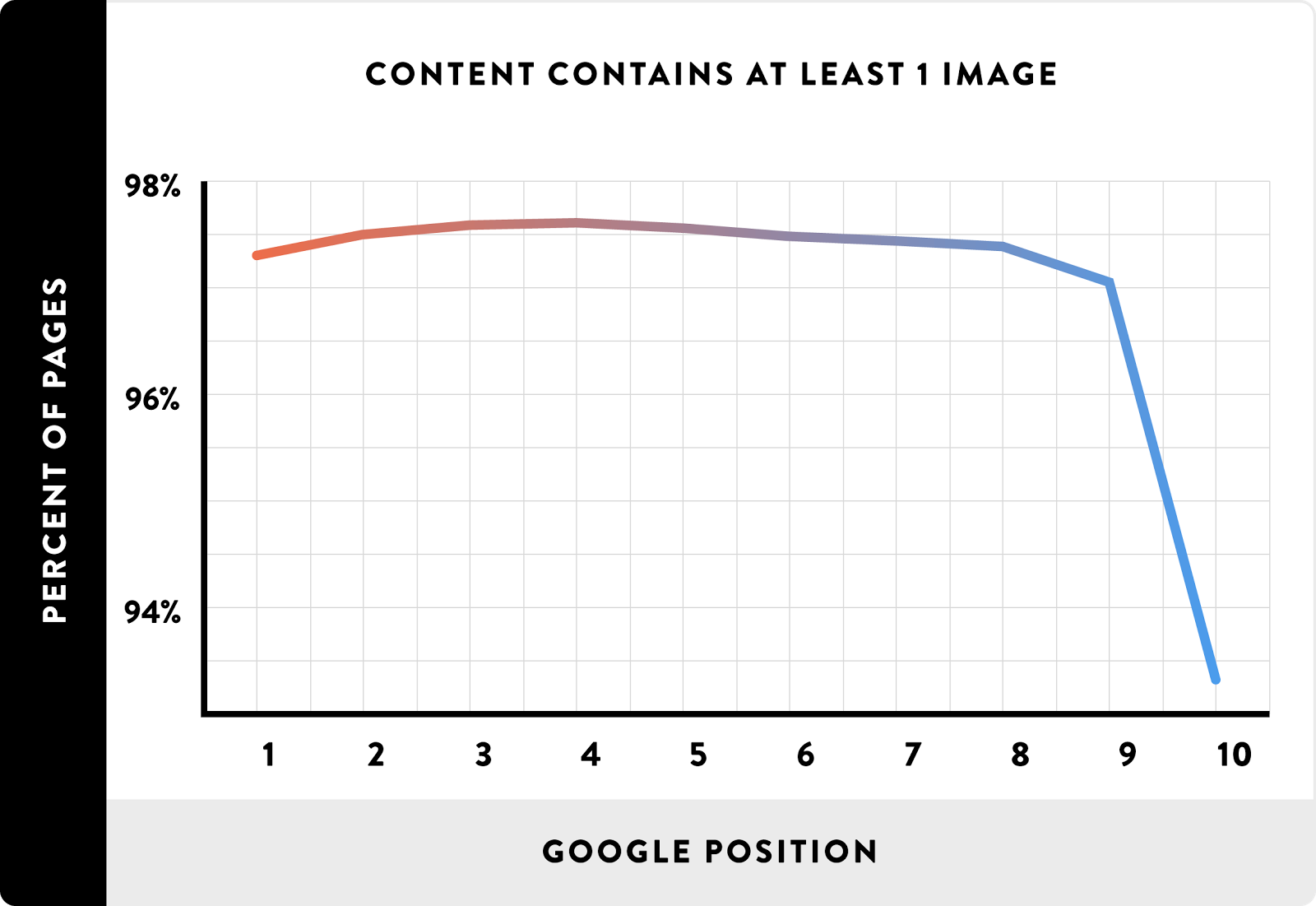



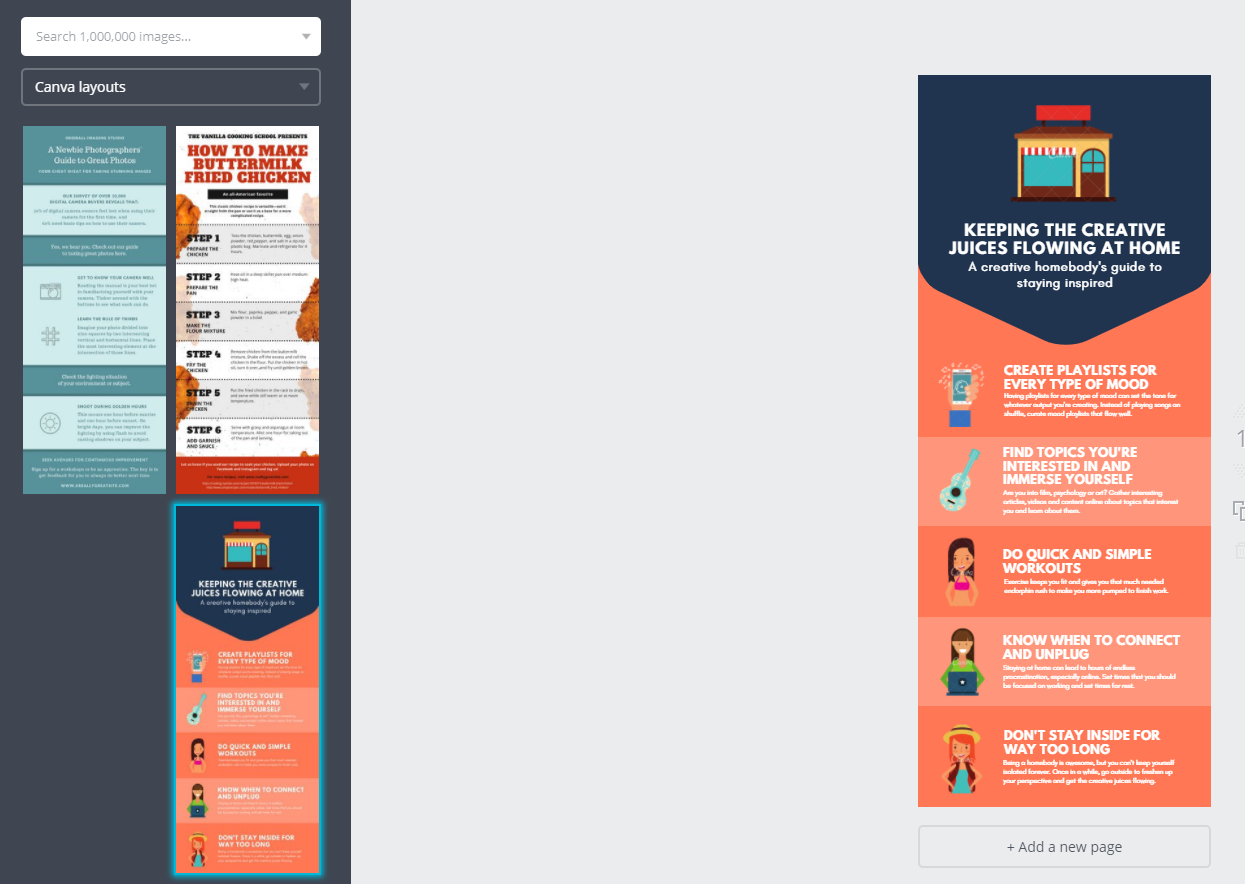



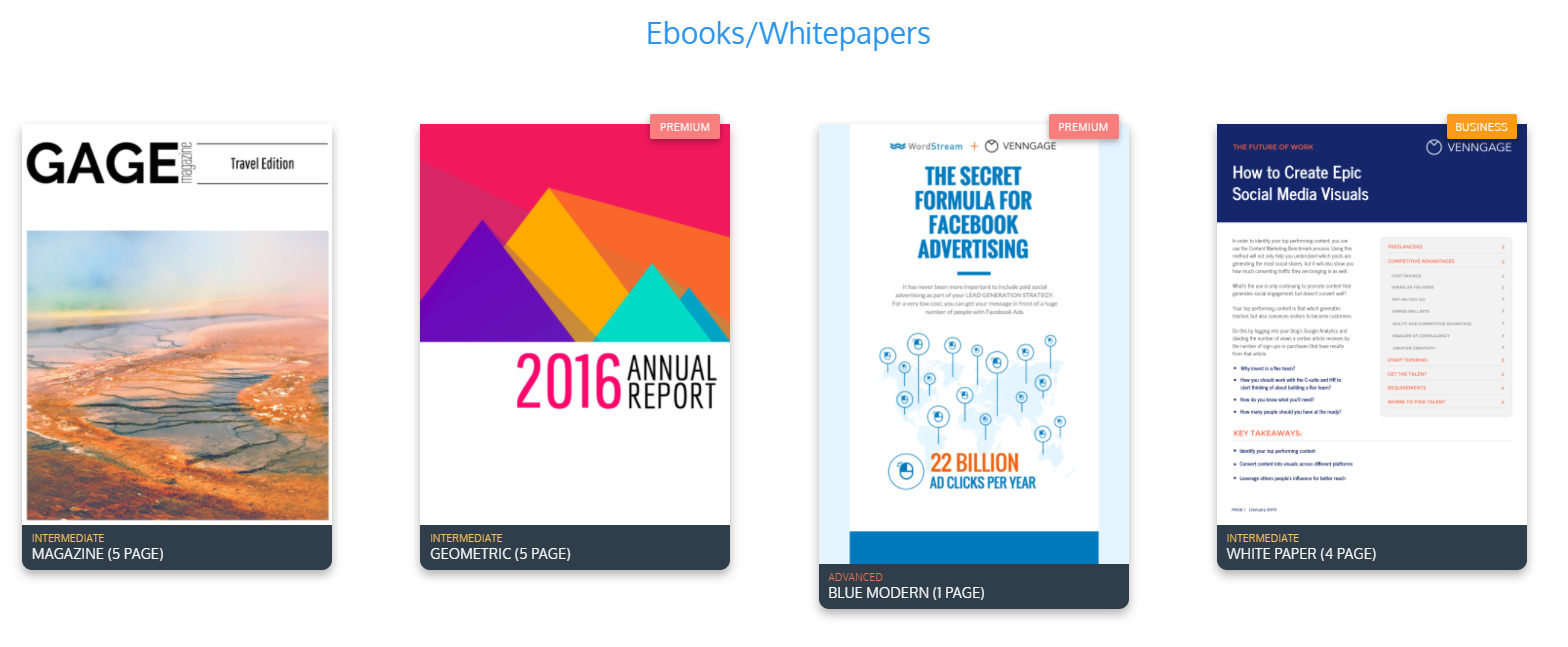
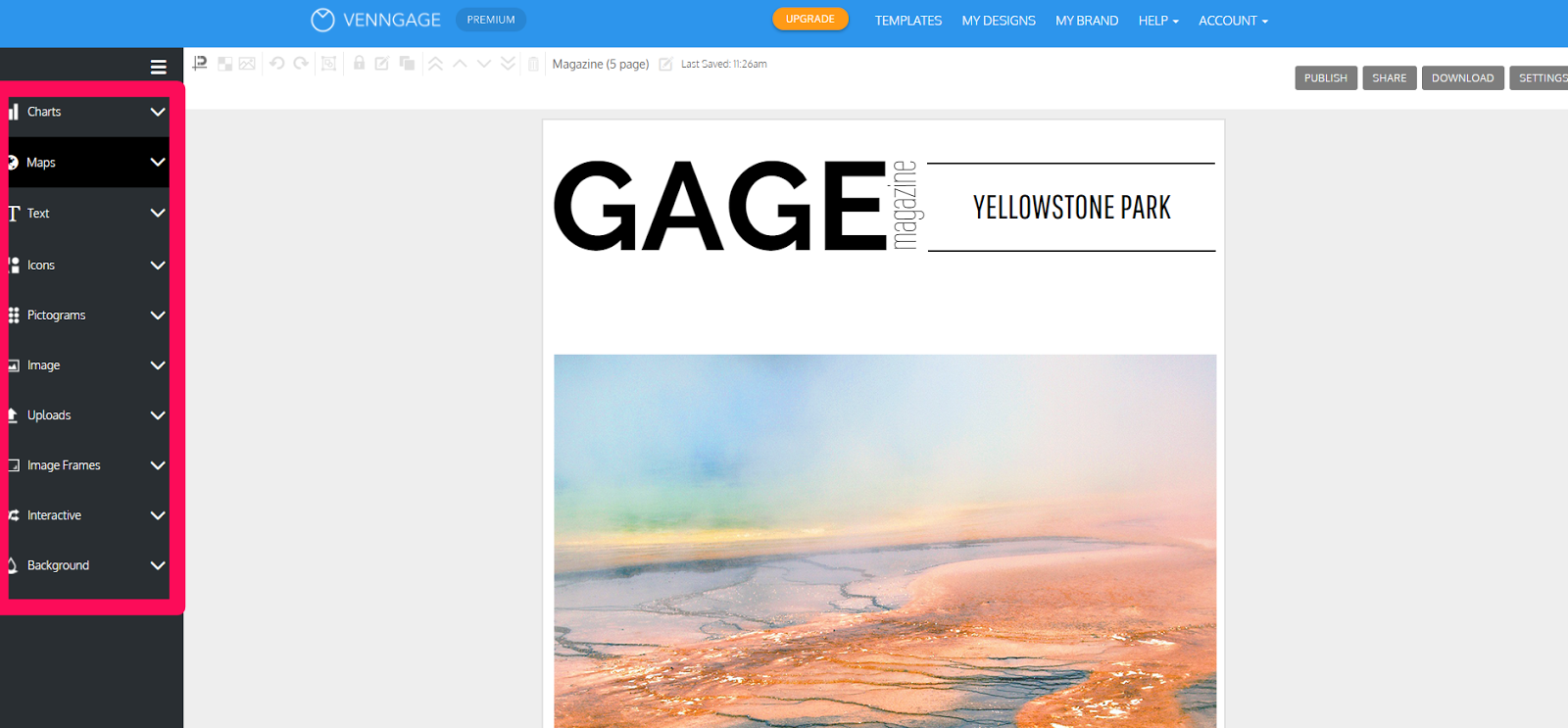


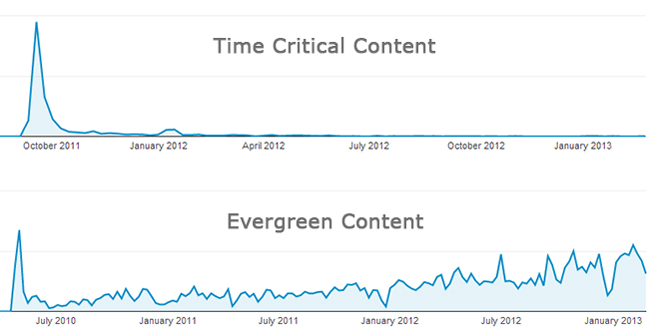
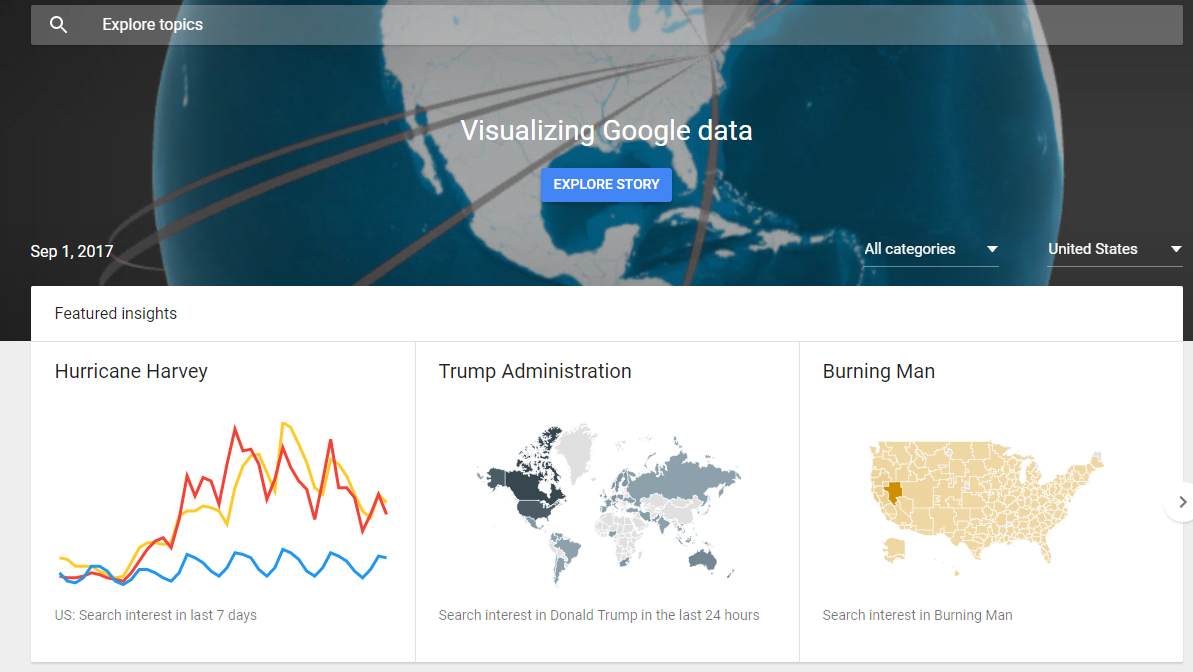
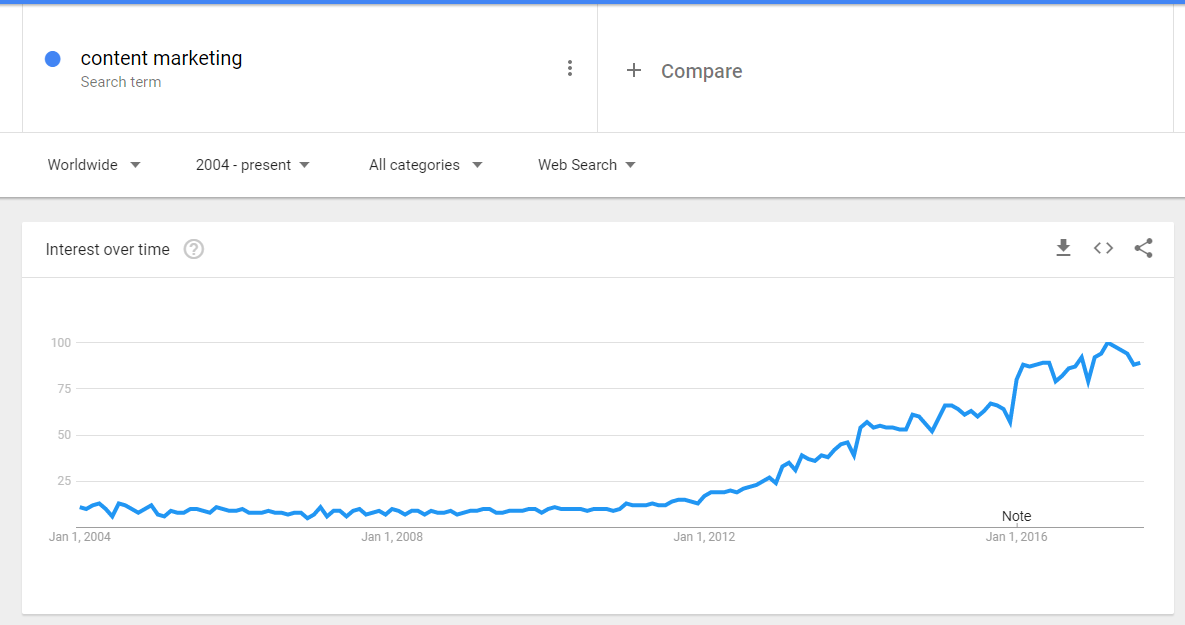
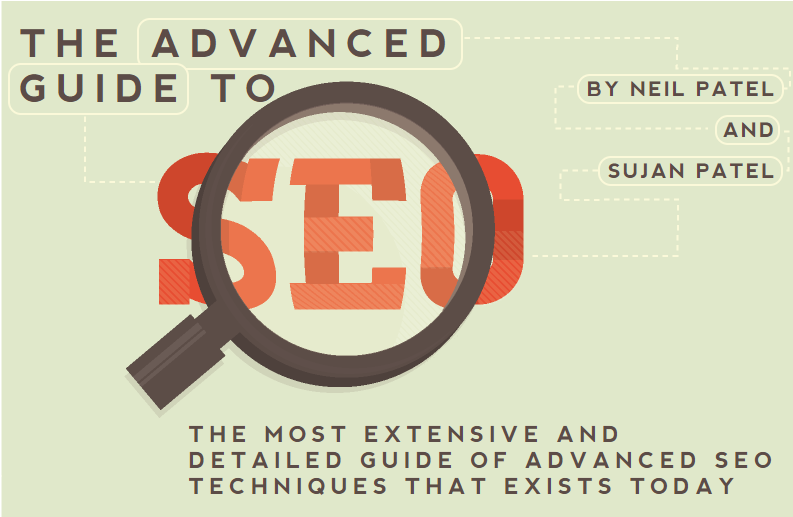
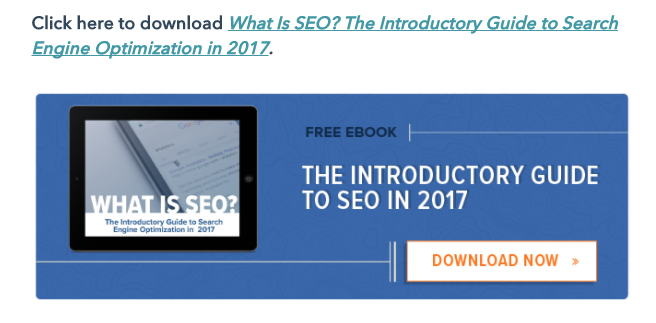
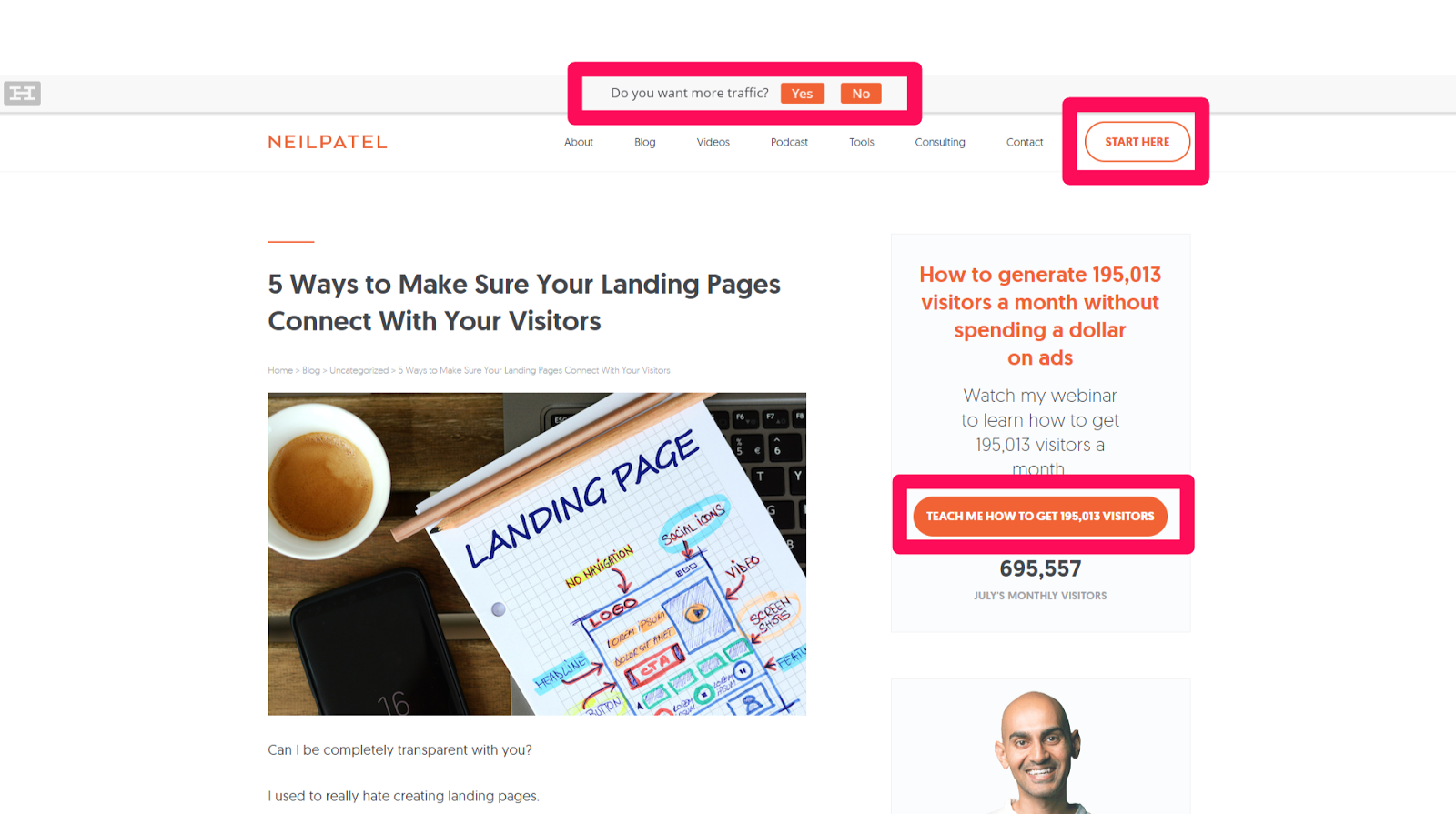
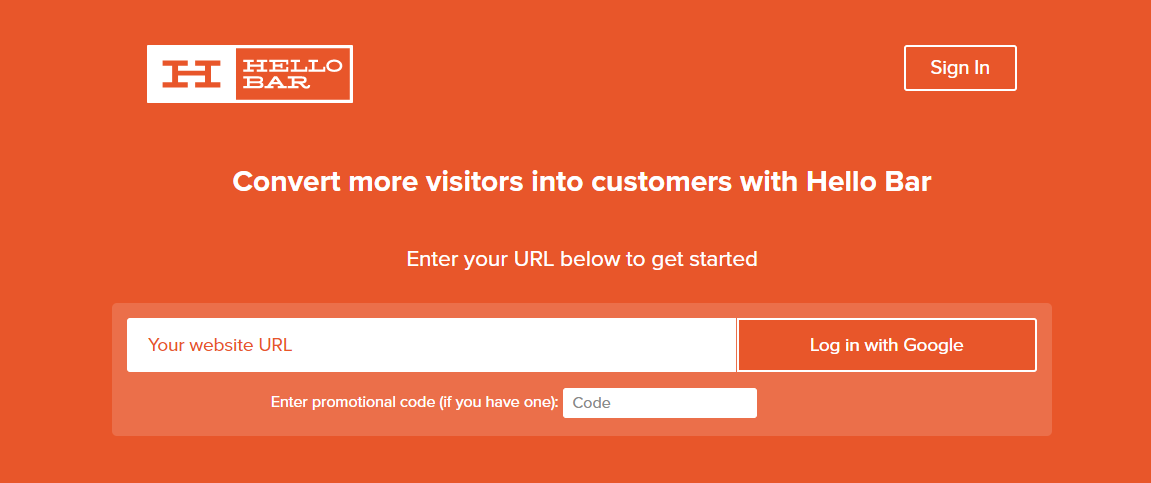

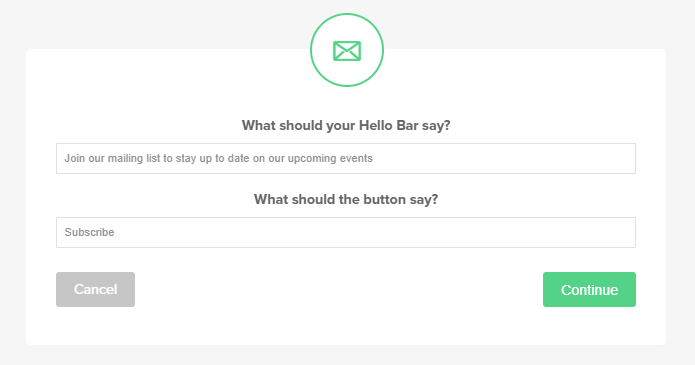
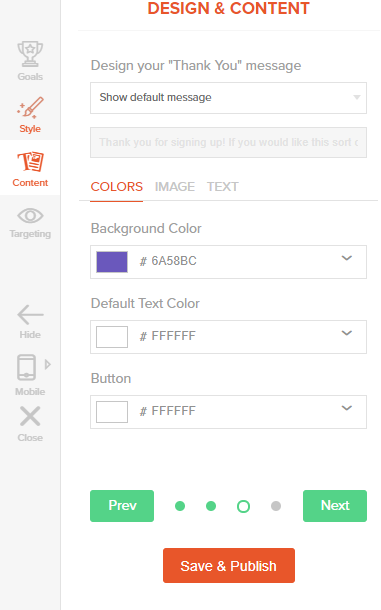

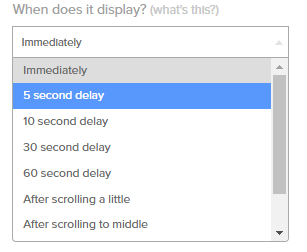
Comments (0)